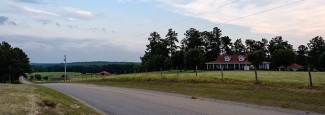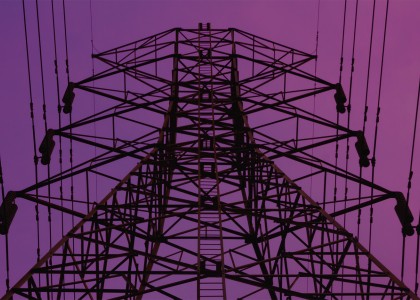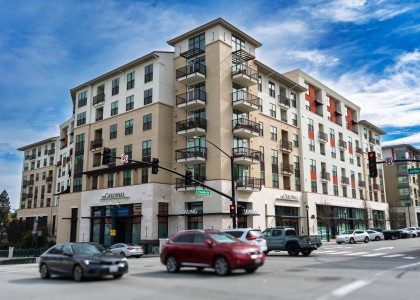Rural communities have distinct energy efficiency and renewable energy needs. While rural residents experience higher energy burdens than their metropolitan counterparts, energy efficiency programs can help offset these burdens. Renewable energy projects for rural homes, businesses, farms, and institutions can also help keep dollars local and increase rural prosperity.
We will explore these topics and others at ACEEE’s upcoming Rural Energy Conference next month in Chicago, our second convening to examine ways to advance efficiency and renewables in rural America.
To give you a sneak peek, we asked one of our featured speakers, Sarah Mills, to preview her research on the impacts of renewable energy development in rural communities. Mills is a senior project manager at the University of Michigan Gerald R. Ford School of Public Policy’s Center for Local, State, and Urban Policy (CLOSUP).
How do renewable energy and energy efficiency technologies benefit rural communities?
The primary benefit is economic. Rural property owners who in
vest in energy efficiency technologies or put renewable energy technologies on their property see savings on their utility bill, just like urban and suburban residents.
Utility-scale renewable energy systems provide a unique economic opportunity to rural communities. In most states, renewable energy developers pay property taxes that support local government services like road maintenance, schools, libraries, and fire departments. In a rural community with a relatively small tax base, a $100 million wind- or solar- project can mean a huge jump in tax revenues going to the local government.
Landowners who host wind turbines or solar panels on their property receive lease revenue from the energy developer. While revenue varies across and within states, my research from Michigan finds that landowners who host wind turbines on their property reinvest those dollars into their farms (see table below). As a result, those lease revenues recirculate many times over within the rural community—to the contractor who is putting in field tile, or the dealership who is selling more tractors, or the lumberyard who is selling materials for new barns.
Question: Since 2008, about how much money have you spend on…
Source: Mills, 2015. “Farming the Wind: The Impact of Wind Energy on Farming”; Based on a survey of 1,210 owners of farmland in 14 Michigan townships.
How do state energy policies uniquely affect rural areas?
Because rural communities have ample land resources for siting wind and solar projects, any state policies related to large-scale renewable energy projects affect rural areas more acutely than urban areas. The renewable energy systems brought online to meet renewable portfolio standards (RPS) will largely be built in rural areas. Any subsequent state policy decisions—for example, how to tax or site renewable energy projects—will ultimately have the biggest impact on rural areas.
But this isn’t the only way state energy policies uniquely effect rural areas. Because electric cooperatives (co-ops) are more prevalent in rural areas, for example, state policies that do (or don’t!) apply to co-ops have a disproportionate impact on rural customers. For example, state energy efficiency requirements often don’t apply to co-ops. Similarly, utility-based weatherization programs disproportionately leave out rural areas that are more likely than urban areas to rely on delivered fuels such as propane or biomass for space heating.
How is Michigan working to tailor energy policies to benefit rural Michiganders?
One of the key ways that Michigan is working to tailor its energy policies is by understanding how energy customers in rural and urban communities have different energy needs, service providers, and access to assistance. The Michigan Energy Office funded an Agriculture and Rural Communities Energy Roadmap that provides this comparison and further identifies the gaps, issues, and opportunities for policies to better reach rural Michiganders.
The state is also working to understand what information or resources local officials in rural communities need in order to incorporate clean energy into local government policies. I worked with the Michigan Energy Office to send a survey to the head officials in each of Michigan’s 1,856 units of local government—most of which are rural. We are using the data from the survey to provide templates, case studies, technical assistance, and workshops to rural officials.
What can other states learn from Michigan's experiences?
Just as it’s important to understand the differences between urban and rural communities with respect to energy, it’s equally important to realize that not all rural communities are affected the same way or need the same energy efficiency or renewable energy solutions. It’s critical to engage with a range of rural communities to understand those differences.
Learn more
Join utilities, state energy offices, local governments, program implementers, and academic researchers next month to dive deeper into these topics. Register here for the 2020 Rural Energy Conference.





